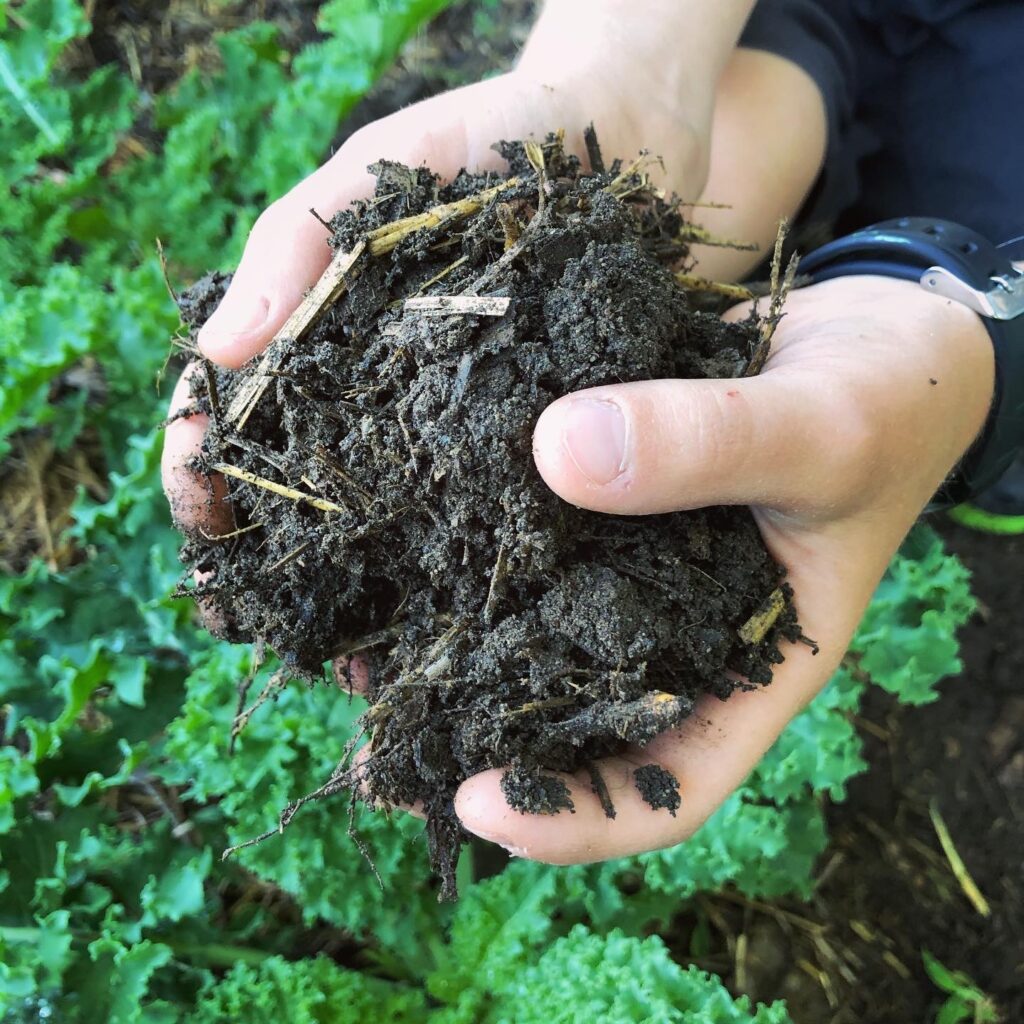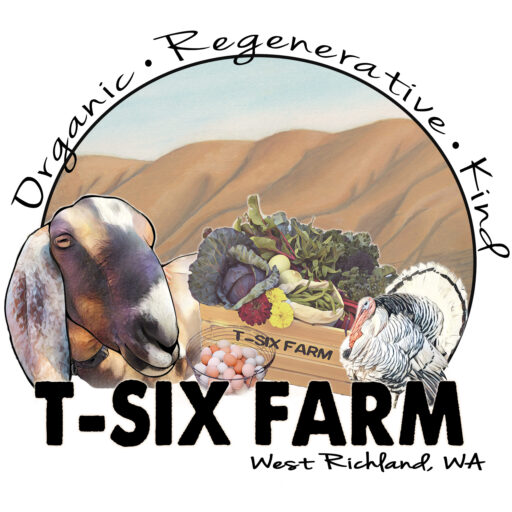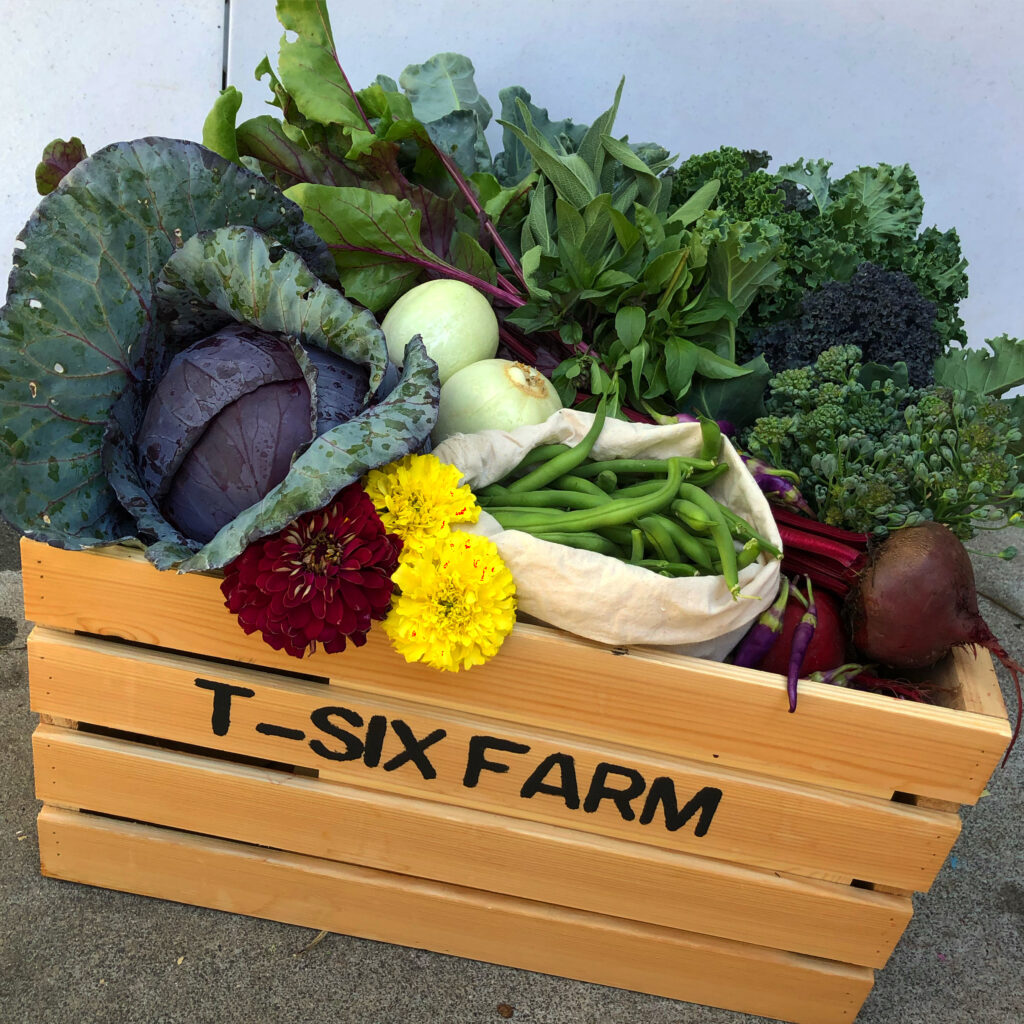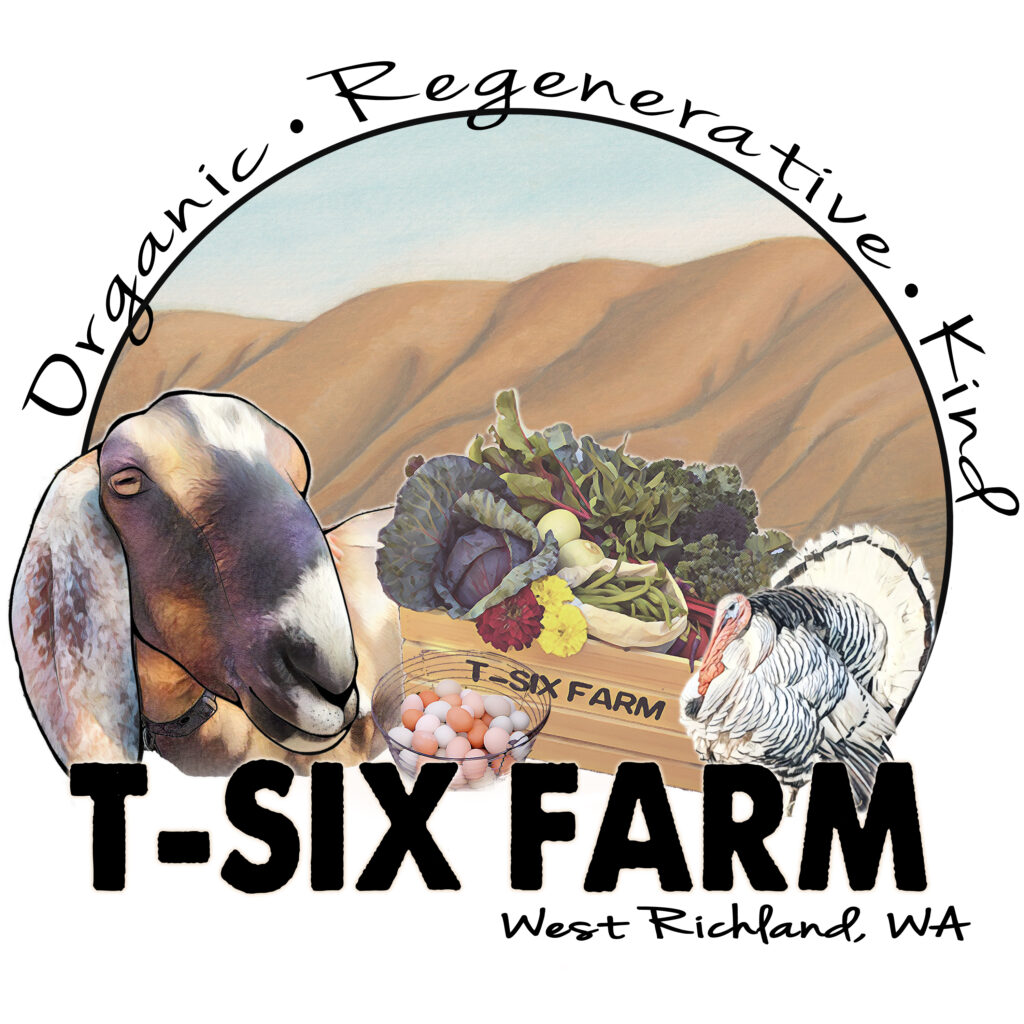Regeneration: Verb: To Regenerate
To bring into a renewed existence: Revive, renew, restore, regrow
Renew: To give fresh life or strength
Our living, breathing definition of regeneration is to give back more than we take, to make the world a better place. How can a farm do this? It all boils down to carbon.

Carbon is a major building block of life: you’re carbon, I’m carbon, the trees are carbon, vegetables are carbon, the grass is carbon, coal is carbon, oil is carbon, it’s all carbon. The carbon exists in a semi-stable form as living, or once living things, all living things add more carbon to themselves as they grow, and they sluff off carbon by way of dead skin cells, dead branches, waste, etc. When you burn the carbon it creates energy and releases back into the atmosphere as carbon dioxide, or CO2. We exhale carbon dioxide. Fires produce heat as energy: grass fires, wood fires, coal fires, combustion engines powered by burning various forms of oil. Its all the same basic premise. Carbon burned converts to energy, gives off carbon dioxide as a waste product.
Not a problem, normally. The problem isn’t the burning of carbon, that has been happening since time -immemorial, the problem is that we’re burning too much carbon. And we’re not putting enough carbon back in storage. We’re burning up all these different forms of stored carbon to meet the needs of our society’s energy consumption. We’re not going to get into the concept that the earth is eventually going to run out of forms of stored carbon- because that’s not our wheelhouse. Our contribution is in taking the carbon dioxide, that waste product that is really messing up the environment, and turning it back into stored carbon. That and preventing the carbon from being burned in the first place.
Like we said earlier, plants are carbon (and so are you). When a plant grows it takes carbon dioxide from the environment and turns it into organic matter, a form of carbon, in both the above ground plant and the roots. Fast growing plants store most of their carbon in the roots, and grasses specifically, store more carbon the more they’re messed with. So, every time an animal walks by and munches a handful of grass off the top of the plant, the plant responds by pulling more CO2 to encapsulate more carbon into more grass, but also into more root matter. The carbon stays there, slowly decomposing and creating topsoil as the myriad of bacteria have their way with it- unless you come along and till it.
Tillage takes the carbon which the plants have stored in the ground, either by way of active roots or roots which are in a state of decay, and releases that carbon back into the atmosphere again as CO2- all that hard work, poof, gone. And you didn’t even get to utilize any energy from it. People have been tilling the soil for centuries, with the idea that if you incorporate the organic matter into the dirt the plants would be better able to access it. Unfortunately that isn’t exactly how it works- it was a good theory, but that was before we understood how soil bacteria works. Turns out the thing tillage is best at is destroying those bacteria colonies, releasing the stored carbon back into the atmosphere, and causing erosion. And the deeper the till, the more damage it causes. Bum deal. But, when we feed the bacteria without destroying their colonies they form complex underground webs of bacteria and fungi, and the longer we leave them alone, the more functional these colonies become and the more carbon they sequester. We’re, once again, just now catching up with the fact that nature has it all figured out, and that we should do more watching than telling.
Here at T-SIX farm we employ no-till wisdom as much as possible. You’ll notice in our farm plan (in our kickstarter) that we mention dragging (shallow tillage) pastures. This is a one time deal, and only because the current soil structure is so destroyed that we do need to help it get started. We’re dealing with dirt that has been drenched with chemical weed killers (and bacteria destroyers) for who knows how long. This dirt is totally dead. We plan to revive it by spreading compost and probiotics (bacteria cultures) on top and lightly dragging it into the soil. With some care and kindness this should regenerate the soil and allow us to return it to grass land pasture, and as the grass grows, the carbon storage will grow. Then, as the animals engage with the grass the plants will pull even more CO2, making this a true carbon negative operation- where we start with a carbon deficit, not the type where you purchase carbon credits but don’t really change your business practices (here’s looking at you, major corporations).
Our second form of affecting the CO2 problem is to help the carbon from being burned in the first place.
When we look at issues like legacy carbon load, or the massive amount of emissions racked up daily, it’s easy to feel paralyzed: “what could I, one person or one family, do that would have any sort of real impact one the situation?!”
True, we’re all just “one person,” but we all eat. And you can make changes just by choosing better, closer food options. One of the best things you can do to affect positive outcomes with your food choices is to eat local. Now we’re not saying you have to give up avocados and coffee. But think of the impact of you could swap out just 5 food items a week for local ones- everybody eats five vegetables a week, right? (Hopefully?) Let’s use central Washington to Southern California (where most your veggies come from 8 months of the year, the rest of the year it’s even further but we’ll keep it simple), that’s 860 miles, for each food item, so your basket of 5 veggies traveled a combined 4300 miles. That’s over 73 metric tons of CO2 produced PER WEEK! Multiply that by 52 and you have an impact of 3801 metric tons of Co2. For just five vegetables a week. (And that’s assuming the veggies made a straight shot up to Washington, not stopping at a packing house or distribution facility first)
Now imagine you drove 5 miles in your passenger car to pick those veggies up, that they were grown just a couple minutes down the road, year round. Your comparative co2 consumption would be about 404 grams per mile- so 2,020 grams per week to go pick up veggies, times 52 weeks gives you 0.11 metric tons of co2 per year. You just saved the environment 3800.89 tons of co2 a year, with five veggies a week. And that’s just one household. (And you could argue that the 0.11 tons figure is a wash because you would’ve driven to the store anyway). Now we know there are discrepancies in those figures, that truck of lettuce is actually spreading those miles over hundreds of households, but the notion remains the same- and that’s just the transportation impact.
This is why hoop tunnels could potentially be such a game changer in the environmental revolution. One single hoop tunnel can potentially prevent billions of metric tons of CO2 over its lifetime!
And, like we said in our kickstarter farm plan, we’re not talking about forcing summer vegetables to grow all winter- humanity has survived throughout millenia, not by replicating summer produce throughout the year, but by adapting their eating habits to a year-round calendar, and lots of good things grow throughout the winter. We start there.
And if you’re still reading, and still interested: we have an awesome list of winter veggies and things to do with them on our Winter Produce page!


